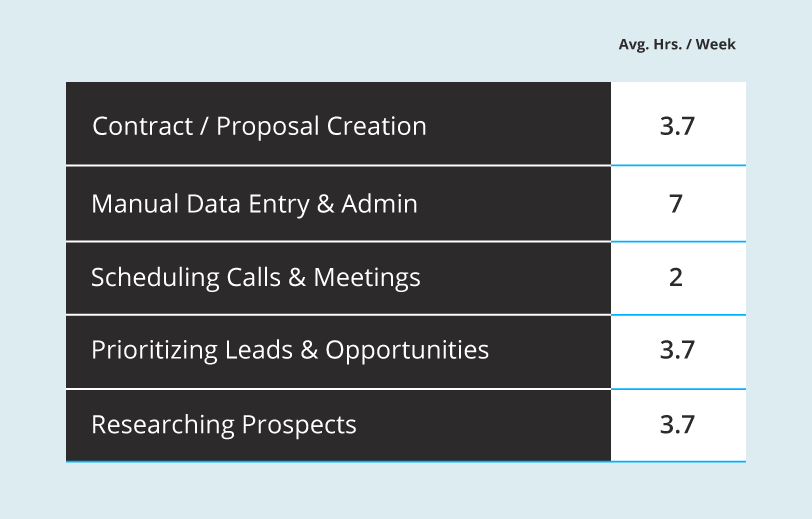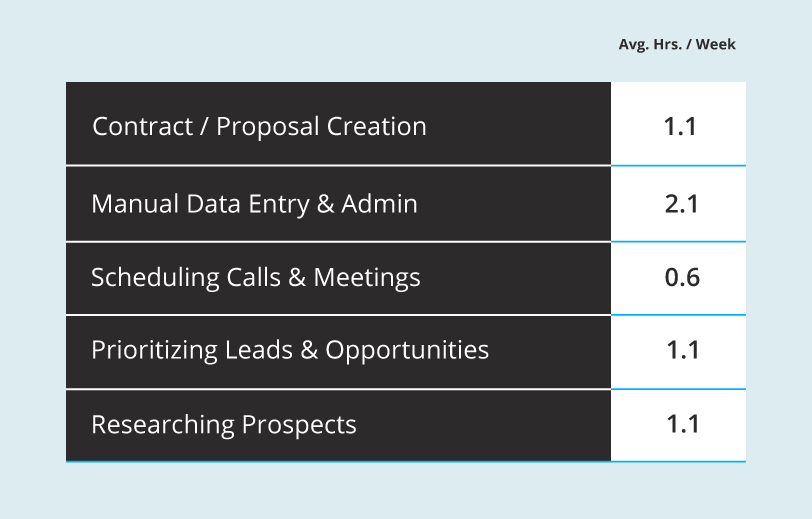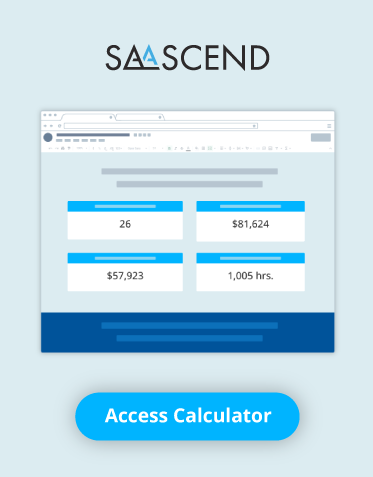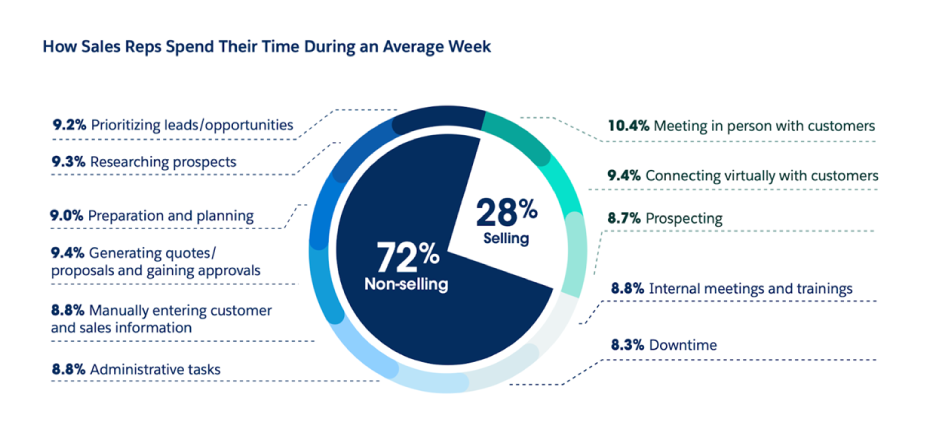Forbes released their 2023 startups predictions to wrap up from 2022, summarizing what many SaaS startup executives know to be true, that they are facing a reduced funding landscape. With this being the case, sales needs to be more efficient than ever to hit their revenue growth goals to be as attractive as possible to Venture Capitalists (VC’s). However, improving sales efficiency takes time and investment. To help sales leaders discover what their return on investment (ROI) would be if they optimize their sales process, we created the SaaScend Sales ROI Calculator.
Calculating Sales Efficiency
Gong.io explains sales efficiency as measuring “your team’s performance with the resources they are given. The more revenue they generate relative to the cost of achieving those sales, the more efficient they are.”
To calculate your sales efficiency ratio, divide your sales revenue by the amount it costs you to make those sales. Scribe takes the amount of new revenue gained from the current quarter and divides it by the sales and marketing costs from the previous quarter (fig. 1).

Fig. 1, Sales Efficiency Ratio Formula
-
-
- How is sales spending the other 70% of their time?
- How much is this costing me from a sales efficiency perspective?
- How much more revenue could our team win if they were given more time back in their day to actually sell?
-
Source, State of Sales, Salesforce 5th Edition, p.14
The survey referenced above found that sales is spending a great portion of their non-selling time on manual data entry, administrative tasks, and generating quotes, contracts, and proposals. Based on the percentages found from the report, Figure 2 displays the average hours spent per week, per sales rep.

Fig. 2, SaaScend Sales ROI Calculator – The average amount of hours reps spend per week on non-selling tasks
Manual data entry, administrative tasks, and generating quotes, contracts, and proposals are all tasks that can be streamlined through operational configuration and automation. As well as scheduling calls and meetings, prioritizing leads and opportunities, and researching prospects.
When you take the average hours spent per week, multiply that by your number of sales reps, and multiply that by four for each week of the month, then you understand how many hours your team is spending on non-selling tasks per month (fig. 3).

Fig. 3, Hours Spent Per Month on Manual Data Entry & Admin Tasks for a Team of 25
Growing Sales with An Optimized Sales Process
Sales ROI Calculator: Your Potential Revenue Increase
Why should sales leaders care about where their team is spending their time if they are continuing to close deals?
Because they could be closing a whole lot more if they had the time to do it.
This is not about micromanaging your team. This is about freeing up their time from the mundane tasks such as data entry, administration, contract creation, and call scheduling, that drain them from operating at their highest level of potential during their sales process.
Think of your top account executive, how much more could they close if they were given just five hours back in their week? What about 7? 10?
Keeping in mind that not everyone on your team is going to perform at the same level as your top AE, the Sales ROI Calculator asks for your annual contract value and the average number of deals your reps close per month.
If you take each area that is spent on non-selling activity and optimize it to reduce the amount of time spent down to a third per Figure 4, how many hours could you save across your entire sales team per month? How much potential revenue could you generate?

Fig. 4, SaaScend Sales ROI Calculator – Average Hours spent per week per rep after the sales process has been fully optimized, reducing each area down to only a third of the time spent.
The Sales Efficiency Big Picture
SaaStr shared in their recent article that “efficiency is back in fashion”, but the big picture is growth. Your ultimate objective is to reach your revenue growth goal, so that you can look attractive to VC’s and raise your next funding round.
However, if you continue to ignore inefficiencies with your sales process, you will continue to have high operational sales costs and also not reach your revenue potential.
Now is the time to prioritize your sales process efficiency, so that your team can gain time back in their day to focus on selling and grow the business faster.

My time is freed up to focus on coaching my sales team for success.
—Miles Prowes, EVP Revenue


